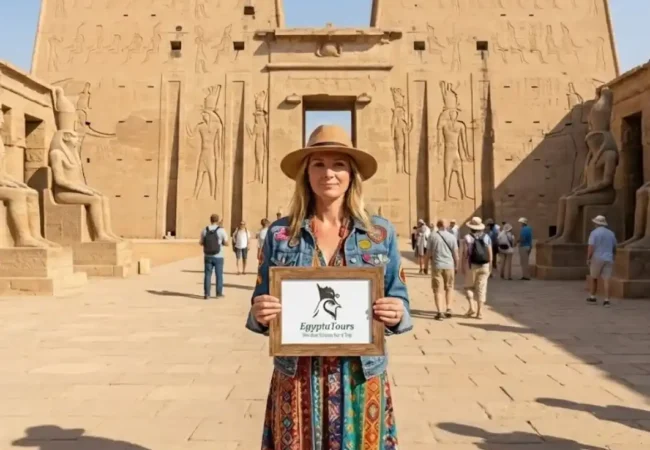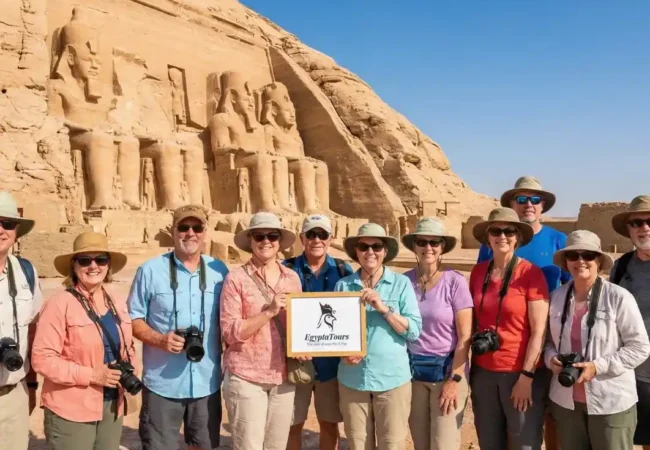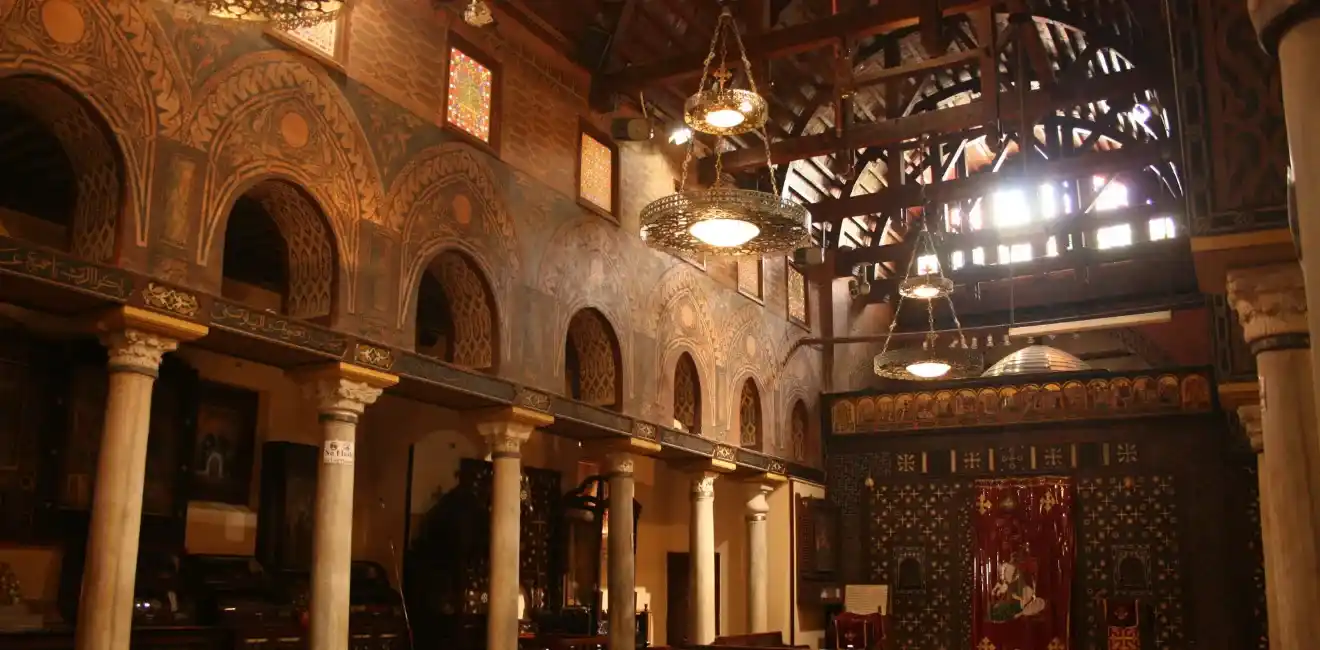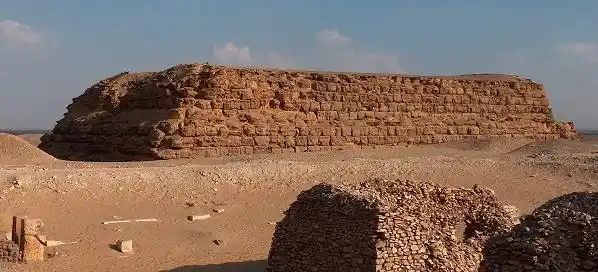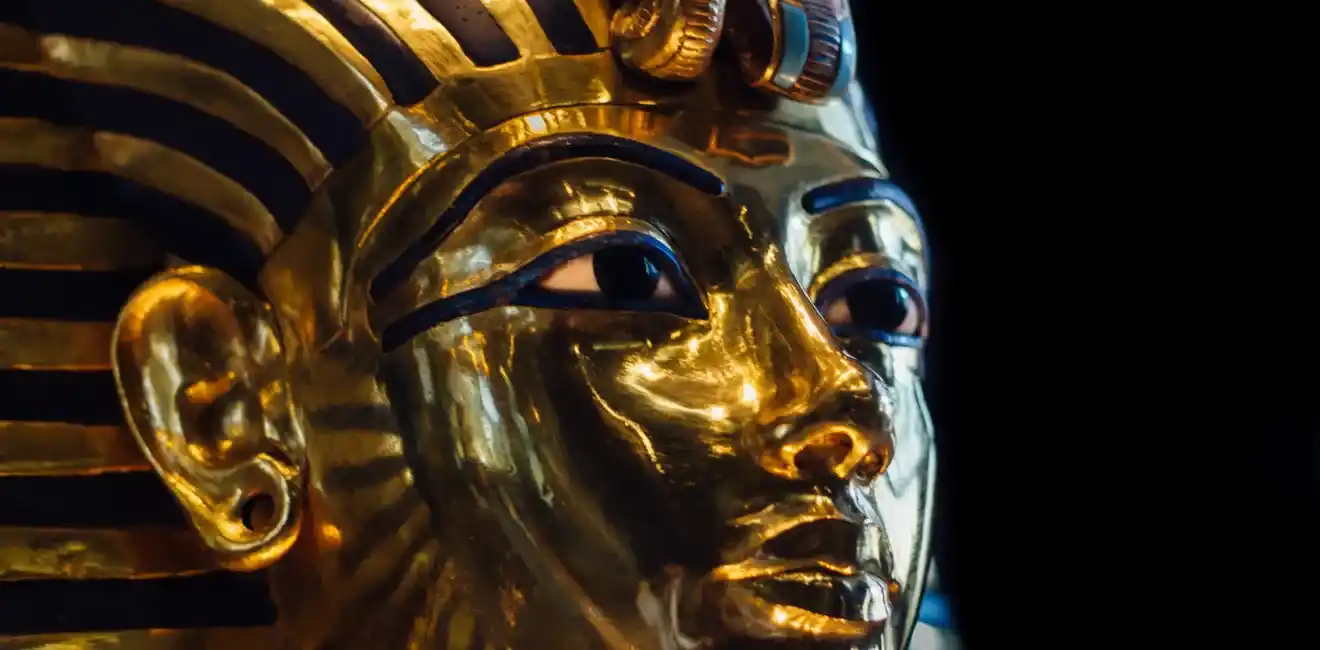
Coffin Texts
In Egyptian tombs and inside wooden coffins, the ancient Egyptians wrote many texts that they believed held the keys to the other world. These are called the Coffin Texts, which are religious documents dating back to the Middle Kingdom.
They constituted an important development in their funerary beliefs and myths. These texts were not exclusive to kings only, but they also included individuals, which reflects their conception of life after death.
The Coffin Texts are Pharaonic religious writings that are written on wooden coffins in ancient Egypt, especially in the Middle Kingdom. These texts contain prayers and spells that they believed were to help the deceased during their journey to the other world.
The purpose of them in their mythology is to protect the deceased and facilitate their transition to their other life after death. These texts are available to the common people and not just for the pharaohs, and these texts reflect their religious beliefs and myths during this period.
Origin of the Coffin Texts in Ancient Egypt
The Coffin Texts originated in ancient Egypt during the Middle Kingdom, approximately in the twenty-first century BC. These texts came to illustrate the development of funerary beliefs, as they were previously limited to rulers only. The Coffin Texts expanded to include nobles and men.
The Main Content and Basic Topics in the Coffin Texts
The main content of the Coffin Texts consists of many prayers and spells, the purpose of which in their mythology is to protect the deceased and facilitate their journey to the other life.
These texts included many topics such as the safety of the soul and body after death, protection from the dangers that the deceased faces, asking for help from the gods to achieve security after death, and avoiding punishments.
These texts focus heavily on the religious aspect, which reflects the beliefs of the ancient Egyptians about resurrection and death.
How Did the Coffin Texts Affect Subsequent Funerary Traditions
The Coffin Texts greatly influenced funerary traditions, as the scope of religious writing related to death expanded. It included a larger segment of Egyptian society and not just the pharaohs.
This greatly helped in developing the content of the prayers and spells and paved the way for the appearance of other, more organized texts than in the previous period. For this reason, the Coffin Texts formed a transitional stage in the development of funerary rituals in ancient Egypt.
Where Can the Coffin Texts Be Seen in Egypt Today?
It is possible to see the Coffin Texts in Egypt through the Egyptian museums, such as the Egyptian Museum and the Cairo Museum, where the coffins with the texts engraved on them are displayed. They can also be found in ancient tombs such as the tombs of the Valley of the Kings.
Many of the coffins still retain the texts written on them, and they are studied in academies of Egyptian archaeology and in research centers.
Why are the Coffin Texts Important for Tourism and Cultural Heritage?
The Coffin Texts are important for tourism and cultural heritage because they provide a picture of the beliefs and religious practices of the ancient Egyptians, and they show how people dealt with the idea of life and death.
The presence of these texts in archaeological sites and museums attracts many researchers and visitors interested in antiquities, which greatly supports cultural tourism and helps in preserving the religious and cultural heritage of Egyptian society.
It also contributes to understanding the development of Egyptian civilization over time. The importance of the Coffin Texts is also represented in providing a lot of information about the beliefs and religious practices in ancient Egypt. Their presence in Egyptian museums and archaeological sites attracts many visitors and tourists from different parts of the world.
Conclusion
The Coffin Texts are considered one of the important steps in the development of funerary beliefs among the ancient Egyptians. They are one of the sources that help in understanding the funerary rituals in ancient Egypt during the Middle Kingdom.
Through these texts, it is possible to know the development of their view of life and death and the transfer of some customs from the ruling class to the rest of the classes of society. These texts also help researchers to know the stages of intellectual and religious development with precision and clarity.
FAQs
What is the spell 74 in the coffin text?
Spell 74 in the Coffin Texts is a spell that they believe protects the dead in the other world. This spell includes protection from the dangers that the deceased faces, as they thought it helps in providing calm and safety for the deceased.
What is the difference between Coffin Texts and Pyramid Texts?
The Pyramid Texts were exclusive to the pharaohs only and were carved on the walls of the pyramids as they believed they protected the king in his tomb. As for the Coffin Texts, they were written on wooden coffins and were for the common people, not just for the rulers, as they believed they protected the deceased and facilitated their arrival to the other life.
What do the Pyramid Texts say?
The Pyramid Texts include religious texts and spells as they believed they protect the king and ensure his safety after his death, and provide safety and protection for him in his tomb.
What is the coffin text spell 335?
Coffin Text Spell 335 is one of the well-known spells in ancient Egypt. Its purpose is to protect the deceased in the other life, as they believed it helps the deceased to remain safe from dangers and provides them with peace and comfort after death.
















